d o t o r e
t o r e g . c o m
g . c o m
Brief History of the ECG
 Willem Einthoven (a Dutch physiologist; 1860-1927) made the first ECG recording in 1895.
Willem Einthoven (a Dutch physiologist; 1860-1927) made the first ECG recording in 1895.
 P, Q, R, S, T waves were first defined by Willem Einthoven in 1895.
P, Q, R, S, T waves were first defined by Willem Einthoven in 1895.
 In 1905, Willem Einthoven recorded ECGs in his laboratory which was located 1.5 km away from the hospital. The patient was in the hospital while his ECG was being recorded in the laboratory 1.5 km away.
In 1905, Willem Einthoven recorded ECGs in his laboratory which was located 1.5 km away from the hospital. The patient was in the hospital while his ECG was being recorded in the laboratory 1.5 km away.
 Willem Einthoven first published his normal and abnormal ECG recordings in 1906.
Willem Einthoven first published his normal and abnormal ECG recordings in 1906.
 The first ECG recording from the esophagus was also performed in 1906.
The first ECG recording from the esophagus was also performed in 1906.
 Nicolai and Simmons were the first to attempt to define ECG changes during angina in 1909.
Nicolai and Simmons were the first to attempt to define ECG changes during angina in 1909.
 In 1924, Willem Einthoven received Nobel prize for his invention of the ECG.
In 1924, Willem Einthoven received Nobel prize for his invention of the ECG.
 Woldemar Mobitz first published his classification of heart blocks (Mobitz type I and type II) in 1924.
Woldemar Mobitz first published his classification of heart blocks (Mobitz type I and type II) in 1924.
 Goldhammer ve Scherf were the first to suggest the use of exercise ECG for the diagnosis of coronary artery disease in 1932.
Goldhammer ve Scherf were the first to suggest the use of exercise ECG for the diagnosis of coronary artery disease in 1932.
 Charles Wolferth ve Francis Wood were the first to report the use of precordial electrodes in 1932.
Charles Wolferth ve Francis Wood were the first to report the use of precordial electrodes in 1932.

Figure 1. Willem Einthoven. The inventor of electrocardiogram (ECG).
The above picture is used with permission of the Einthoven Foundation, The Netherlands.
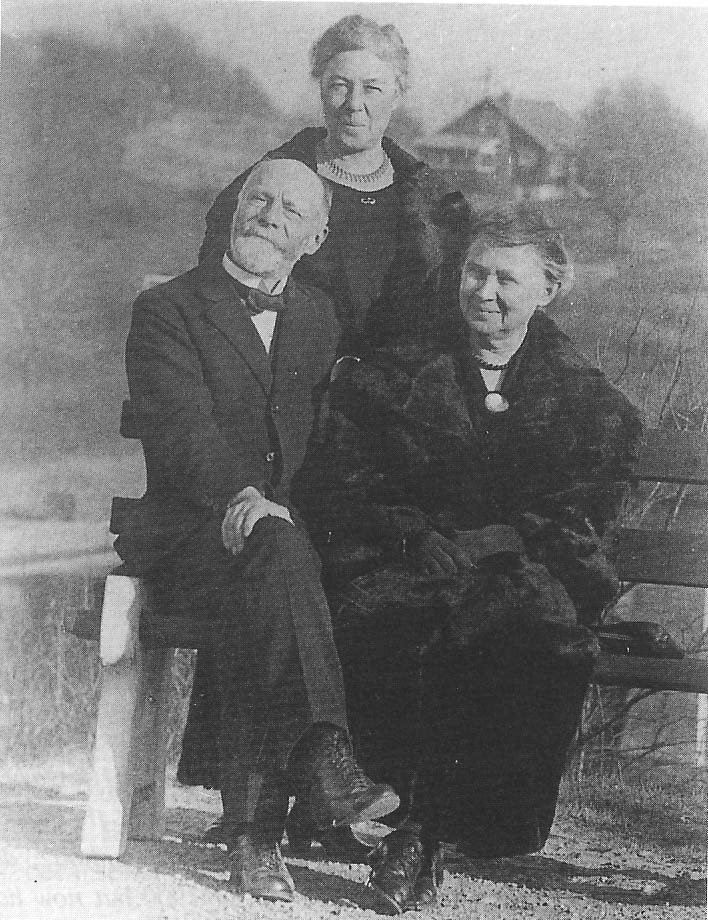
Figure 2. Einthovens; 1924. Sitting are Willem Einthoven and his wife. The standing lady is his wife's sister Mrs de Voogd.
Willem Einthoven is 64 years old.
The above picture is used with permission of the Einthoven Foundation, The Netherlands.
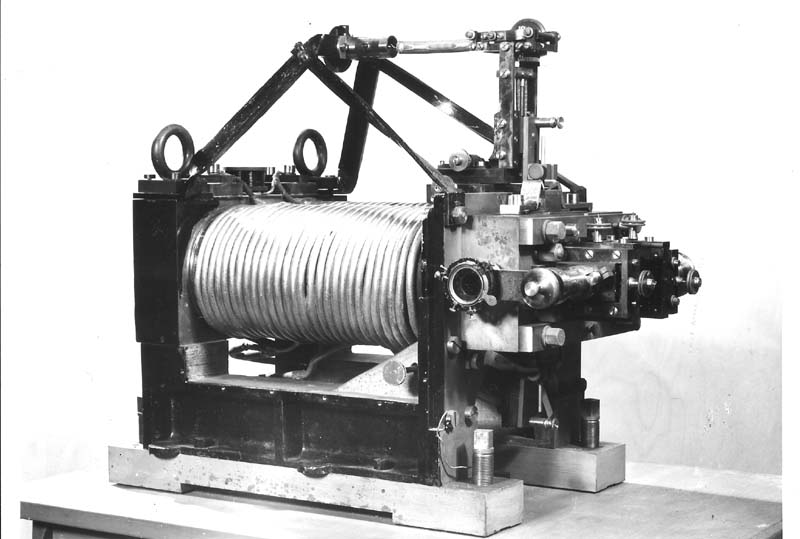
Figure 3. String galvanometer.
The above picture is used with permission of the Einthoven Foundation, The Netherlands.
Click here for a more detailed picture
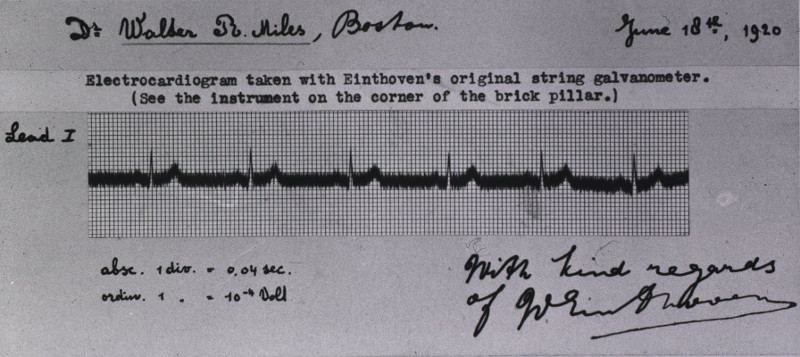
Figure 4. An ECG strip recorded by Einthoven's original string galvanometer.
The above picture is downloaded from the "Images from the History of Medicine" (NLM).
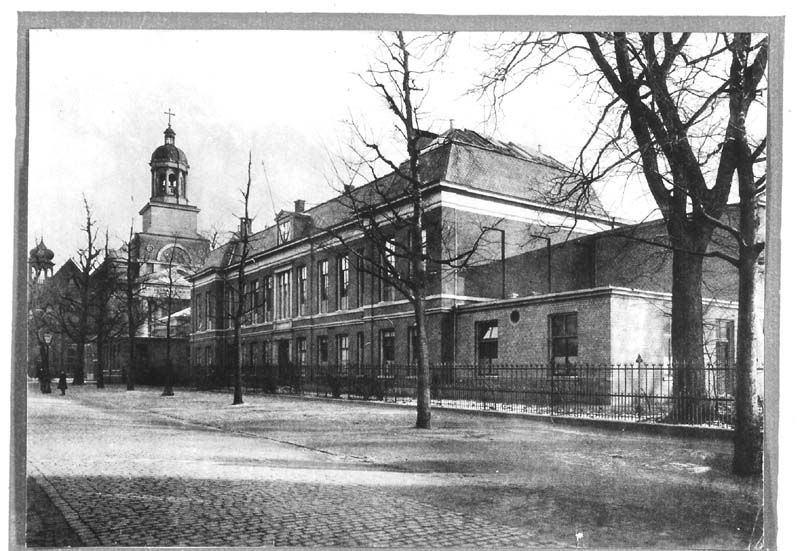
Figure 5. The Physiology Laboratory in Leiden (1920s). The small building on the right is for the electricity.
The above picture is used with permission of the Einthoven Foundation, The Netherlands.
Click here for a more detailed picture
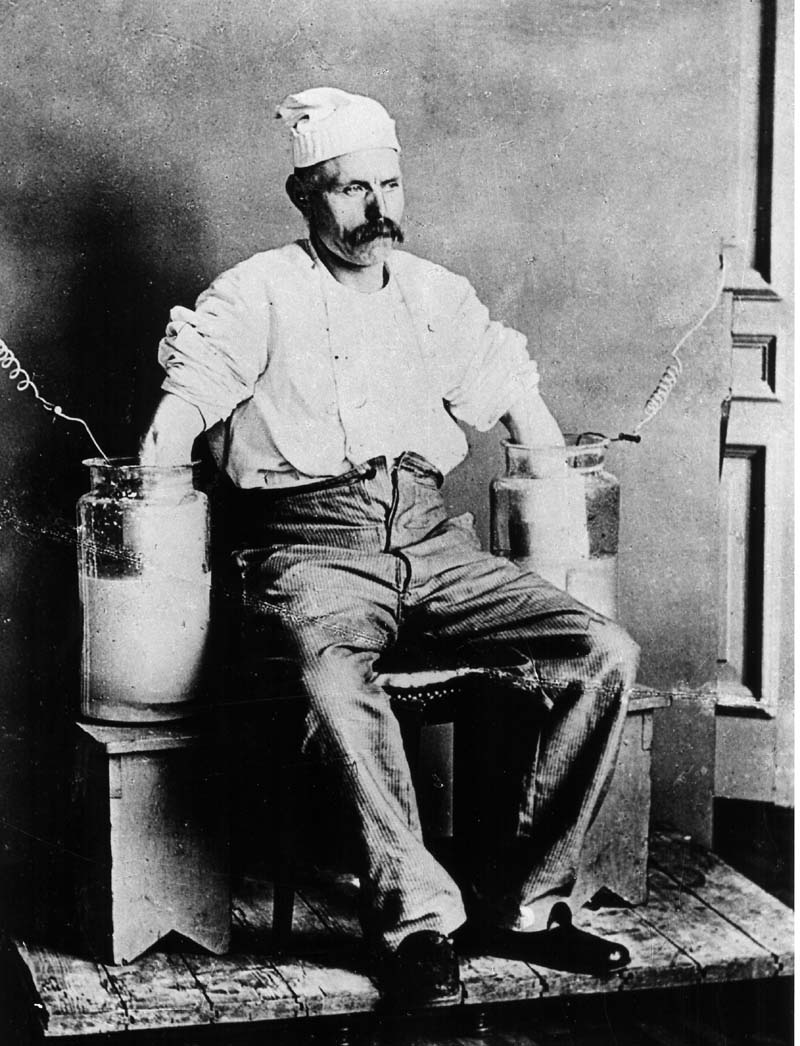
Figure 6. The first ECGs were acquired as seen in the picture above.
The above picture is used with permission of the Einthoven Foundation, The Netherlands.
Click here for a more detailed picture
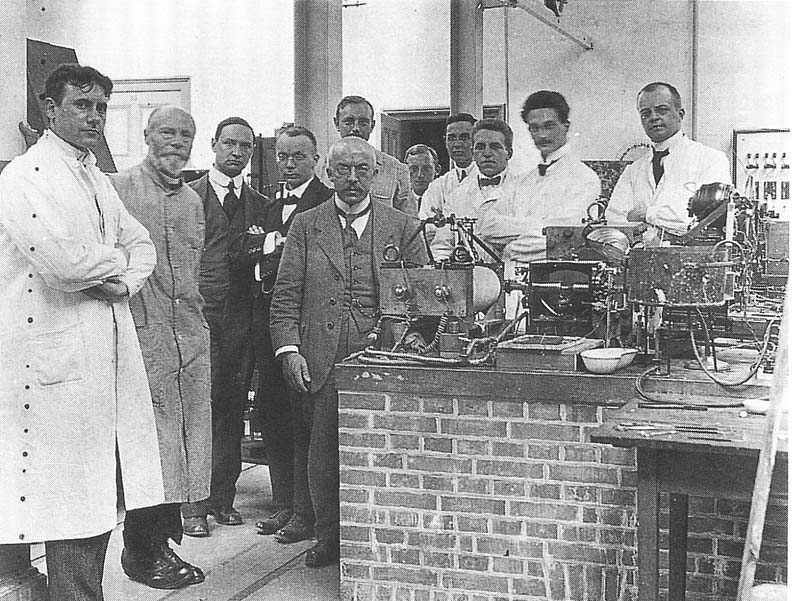
Figure 7. Willem Einthoven (second from the left), his colleagues and his foreign visitors (1920s).
The above picture is used with permission of the Einthoven Foundation, The Netherlands.
Click here for a more detailed picture

Figure 8. The Nobel Prize that was given to Willem Einthoven (1924).
The above picture is used with permission of the Einthoven Foundation, The Netherlands.
Click here for a more detailed picture

Figure 9. Einthoven's laboratory during World War I (1916 or 1917).
The above picture is used with permission of the Einthoven Foundation, The Netherlands.
Click here for a more detailed picture
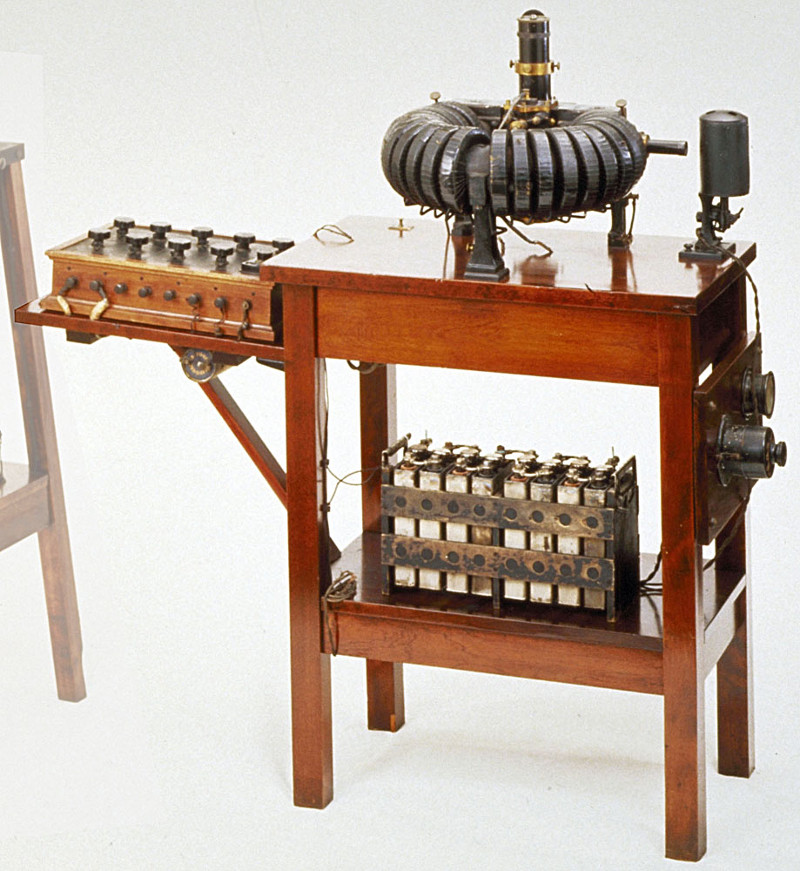
Figure 10. Hindle No. 2 Galvanometer Unit
Manufacturer: Charles Hindle, Ossining, New York.
Date made: 1918 - 1925.
It looks as if 3 electrodes could be attached.
Battery powered.
Camera unit is mounted on a separate stand.
The above picture is used with permission of The Bakken Library and Museum, U.S.A.
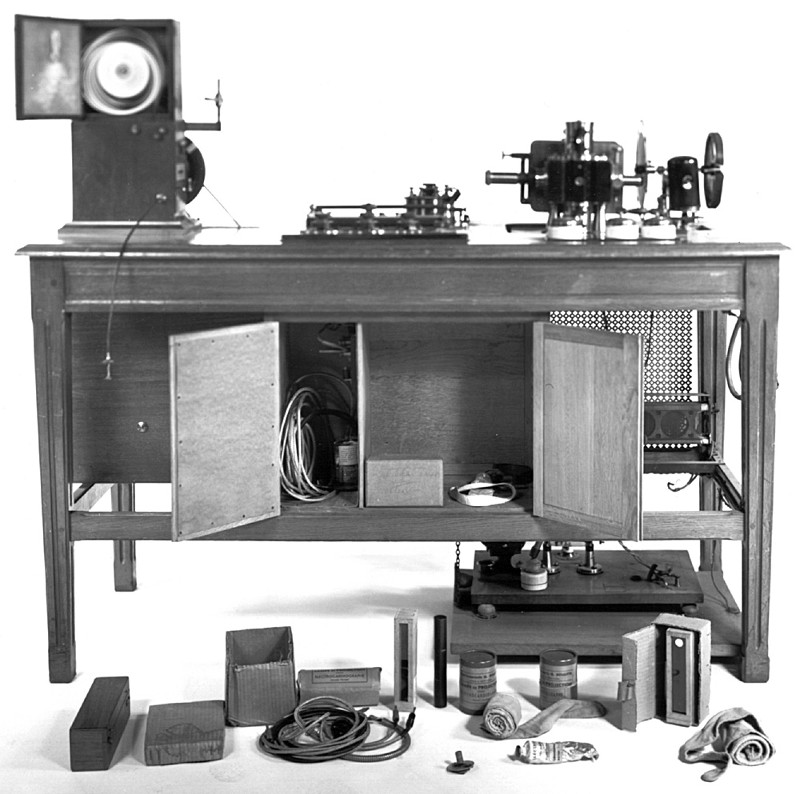
Figure 11. Cambridge Model 3 Electrocardiograph.
Manufacturer: Cambridge & Paul Instrum. Co. of America
Date made: 1922 - 1923
It looks as if 3 electrodes could be attached.
Battery powered.
The above picture is used with permission of The Bakken Library and Museum, U.S.A.
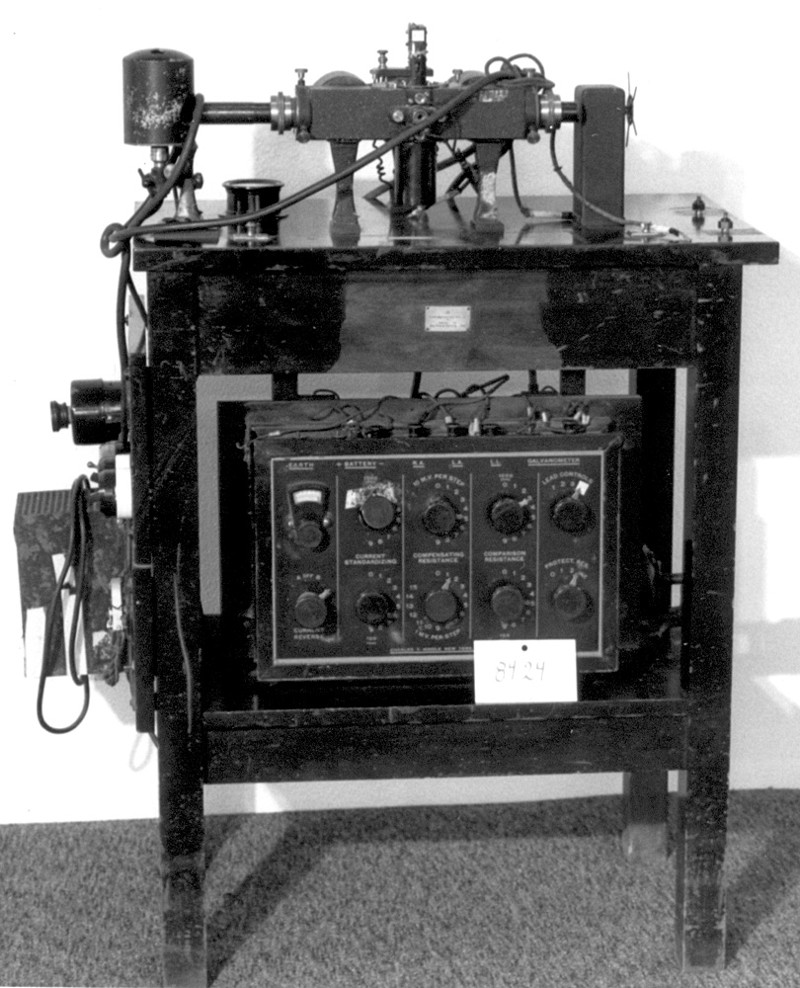
Figure 12. ECG by Boulitte, string galvanometer, floor model.
Manufacturer: G. Boulitte, Paris, France.
Date made: 1918 - 1925.
It looks as if 3 electrodes could be attached.
Most likely battery-powered.
The above picture is used with permission of The Bakken Library and Museum, U.S.A.
 Willem Einthoven (a Dutch physiologist; 1860-1927) made the first ECG recording in 1895.
Willem Einthoven (a Dutch physiologist; 1860-1927) made the first ECG recording in 1895.
 P, Q, R, S, T waves were first defined by Willem Einthoven in 1895.
P, Q, R, S, T waves were first defined by Willem Einthoven in 1895.
 In 1905, Willem Einthoven recorded ECGs in his laboratory which was located 1.5 km away from the hospital. The patient was in the hospital while his ECG was being recorded in the laboratory 1.5 km away.
In 1905, Willem Einthoven recorded ECGs in his laboratory which was located 1.5 km away from the hospital. The patient was in the hospital while his ECG was being recorded in the laboratory 1.5 km away.
 Willem Einthoven first published his normal and abnormal ECG recordings in 1906.
Willem Einthoven first published his normal and abnormal ECG recordings in 1906.
 The first ECG recording from the esophagus was also performed in 1906.
The first ECG recording from the esophagus was also performed in 1906.
 Nicolai and Simmons were the first to attempt to define ECG changes during angina in 1909.
Nicolai and Simmons were the first to attempt to define ECG changes during angina in 1909.
 In 1924, Willem Einthoven received Nobel prize for his invention of the ECG.
In 1924, Willem Einthoven received Nobel prize for his invention of the ECG.
 Woldemar Mobitz first published his classification of heart blocks (Mobitz type I and type II) in 1924.
Woldemar Mobitz first published his classification of heart blocks (Mobitz type I and type II) in 1924.
 Goldhammer ve Scherf were the first to suggest the use of exercise ECG for the diagnosis of coronary artery disease in 1932.
Goldhammer ve Scherf were the first to suggest the use of exercise ECG for the diagnosis of coronary artery disease in 1932.
 Charles Wolferth ve Francis Wood were the first to report the use of precordial electrodes in 1932.
Charles Wolferth ve Francis Wood were the first to report the use of precordial electrodes in 1932.

Figure 1. Willem Einthoven. The inventor of electrocardiogram (ECG).
The above picture is used with permission of the Einthoven Foundation, The Netherlands.

Figure 2. Einthovens; 1924. Sitting are Willem Einthoven and his wife. The standing lady is his wife's sister Mrs de Voogd.
Willem Einthoven is 64 years old.
The above picture is used with permission of the Einthoven Foundation, The Netherlands.

Figure 3. String galvanometer.
The above picture is used with permission of the Einthoven Foundation, The Netherlands.
Click here for a more detailed picture

Figure 4. An ECG strip recorded by Einthoven's original string galvanometer.
The above picture is downloaded from the "Images from the History of Medicine" (NLM).

Figure 5. The Physiology Laboratory in Leiden (1920s). The small building on the right is for the electricity.
The above picture is used with permission of the Einthoven Foundation, The Netherlands.
Click here for a more detailed picture

Figure 6. The first ECGs were acquired as seen in the picture above.
The above picture is used with permission of the Einthoven Foundation, The Netherlands.
Click here for a more detailed picture

Figure 7. Willem Einthoven (second from the left), his colleagues and his foreign visitors (1920s).
The above picture is used with permission of the Einthoven Foundation, The Netherlands.
Click here for a more detailed picture

Figure 8. The Nobel Prize that was given to Willem Einthoven (1924).
The above picture is used with permission of the Einthoven Foundation, The Netherlands.
Click here for a more detailed picture

Figure 9. Einthoven's laboratory during World War I (1916 or 1917).
The above picture is used with permission of the Einthoven Foundation, The Netherlands.
Click here for a more detailed picture

Figure 10. Hindle No. 2 Galvanometer Unit
Manufacturer: Charles Hindle, Ossining, New York.
Date made: 1918 - 1925.
It looks as if 3 electrodes could be attached.
Battery powered.
Camera unit is mounted on a separate stand.
The above picture is used with permission of The Bakken Library and Museum, U.S.A.

Figure 11. Cambridge Model 3 Electrocardiograph.
Manufacturer: Cambridge & Paul Instrum. Co. of America
Date made: 1922 - 1923
It looks as if 3 electrodes could be attached.
Battery powered.
The above picture is used with permission of The Bakken Library and Museum, U.S.A.

Figure 12. ECG by Boulitte, string galvanometer, floor model.
Manufacturer: G. Boulitte, Paris, France.
Date made: 1918 - 1925.
It looks as if 3 electrodes could be attached.
Most likely battery-powered.
The above picture is used with permission of The Bakken Library and Museum, U.S.A.